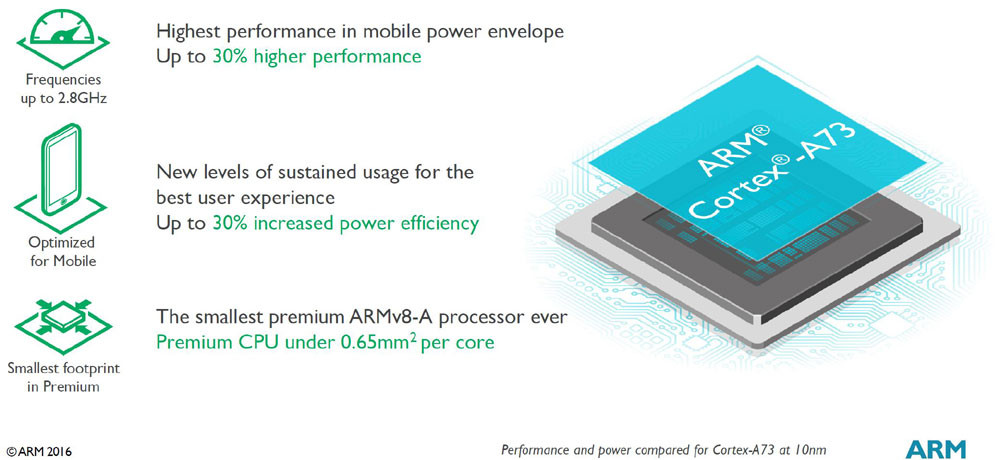It’s something you see mentioned in a device review: “battery life wasn’t great at first, but it improved after a few days”. Really? Really? I have to admit that I was a little sceptical – did modern Li-Ion batteries in our smartphones really ‘bed in’ like this? As it turns out, yes, they do – proved with a little experiment below. And the same effect can be seen after any period of long storage. Read on for more…
I decided to test this, buying a brand new cell for my smartphone (a Galaxy Note II, though the exact model isn’t important), charging it fully and then playing the same one hour video numerous times, noting the battery percentage reported at each stage, then recharging and repeating several times.
Now, it should be noted that the reported percentage on any smartphone’s battery is only ever an estimate, based on battery voltage and usage – it’s the operating system’s ‘best guess’. But it still gives us data points that should at least be accurate relative to each other.
Here then are the results from the first four charge/discharge cycles on a new aLLreli Note II replacement battery. (aLLreli was a new name to me, but in use it seems just as reliable as the ever-popular ANKER cells):

As you can see, there’s a noticeable ‘bedding in’ improvement over the first three cycles (shown in blue, then yellow, then red), levelling off after that (so the cycle shown in green matches the third one, in yellow, almost perfectly).
After some research, it seems that, following long periods (months) in storage, a ‘passivation’ layer* builds up on the cathode of the battery and it takes a few charge cycles for this to be effectively broken up and battery capacity restored. So, when you buy a ‘new’ battery what’s actually happening is that you’re buying a battery that was at full capacity and raring to go from the factory but which has sat on a supplier’s shelf for months waiting for you to buy it.
*By the way, if ‘passivation layer’ sounds too technical, then note that I’m letting you off lightly – the correct term is actually ‘interfacial protective film’, or IPF!!
The same applies to new smartphones, whether they have sealed or replaceable batteries, of course – they’ll still have sat in lorries or warehouses for weeks, at the very least, even if you buy them soon after launch. Now, instructional guides with most gadgets with rechargeable batteries make a point of telling you to give them a good charge when you first get them , but I’ve rarely seen any mention of not judging battery performance until you’ve got several charge/discharge cycles under your belt. Certainly, I’ve seen example (rushed up) reviews in the past where a reviewer has judged a phone’s battery performance based on 48 hours of use, with only a charge cycle or two performed at most.

The takeaway then, apart from being patient with your smartphone battery initially, is to also be aware that you’ll have to be patient again if you start using a device or a particular replacement battery after a long period in storage (e.g. in a drawer, because you were trying something else). Again, give the battery a few decent charge cycles to, almost literally, ‘blow out the cobwebs’ and get going again.
See also my tutorial on Better Battery Management (keeping them topped up, keeping them cool, etc.)







